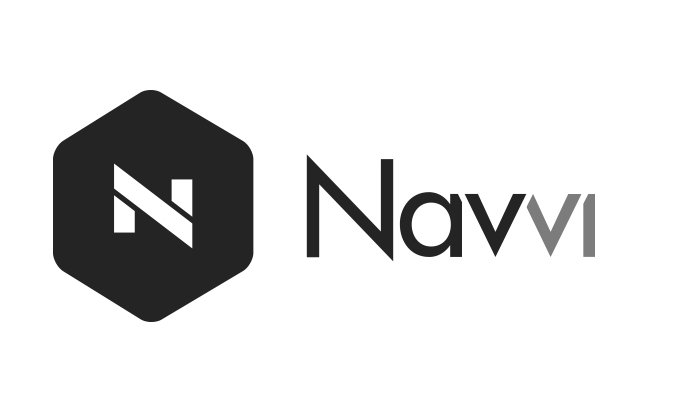World Bank Article: How Can Poverty Mapping Support Development in Bhutan?
As my plane glides over the lush, green forest on the side of the mountains and descends into the narrow valley where the airport is located, I start to feel ...happy? Yes, happiness is the motto of the country of Bhutan—which is actually a kingdom. Interestingly, Bhutan is known for its development philosophy of Gross National Happiness.
While working to finalize the poverty mapping work that our World Bank team has been collaborating on with Bhutan’s National Statistics Bureau (NSB) and the Gross National Happiness Commission (GNHC), I realized that I am happy not just because I have had the opportunity to be in such a beautiful place, but also as I have had the chance to work with some highly dedicated, capable (and yes, happy!) civil servants.
The poverty-mapping exercise in Bhutan was carried out by a joint team of staff members from the NSB and the World Bank. The team uses a “Small Area Estimation” method developed by Elbers et al. (2003) . This method uses both the 2005 Population Census and the 2007 household living standard survey (BLSS) to produce reliable poverty estimates at lower levels of disaggregation than existing survey data permits. In the case of Bhutan, the team managed to come up with reliable poverty estimates at the sub-district (known as Gewog in Bhutan) level .This work was also supported in part by AusAID through the South Asia Policy Facility for Decentralization and Service Delivery.
The Bhutanese team has worked hard to master this new technique. Here’s how Mr. Faizuddin Ahmed, a poverty consultant based in Dhaka Office, described the effort in training the team from Bhutan. “... I want to mention three names of NSB staff ... Mr. Phub, Ms Neema and Ms. Tshering. They participated in a training workshop on poverty mapping. In that training workshop, they were imparted hands-on training starting from data preparation to simulation work of poverty mapping applying the Small Area Estimation (SAE) technique. I should admit that after the training, they were fully capable of doing poverty mapping works themselves. I am very happy about their performances in the training course.”
Learning about spatial aspect of poverty
We can learn more from the poverty map by compare it with other maps such as maps of transport networks, locations of public service centers, and market access. Using the poverty map may also help identify the investments necessary to lift such areas out of poverty. For example, we can put the poverty map side by side with a map of market accessibility indicator and learn about the pattern.
Looking at the two maps, one can see a correlation between poverty and accessibility. In general, poor areas tend to have low access to markets and poor connection to road networks. For example, the poorest dzongkhags in the South have very little access to road networks and markets. On the other hand, areas in western Bhutan that are highly connected to markets also have the lowest poverty levels. It is also worth noting that the maps only show correlations, and not causal relationships.
Remote areas are not necessarily always poor. For example, the remote sub-district of Lunana in the far north appears to be quite well off. This seems to defy conventional wisdom given that the area is high up in the mountains and can only be reached after 9 days of intense trekking from the district headquarter. And that district headquarter is not even connected to any roads!
It turns out that the local yak herders in Luana supplement their income by collecting a type of fungus called Cordyceps. In English, it is commonly known as caterpillar fungus. Its Chinese name easily translates to “winter worm summer grass,” and it is considered a medicinal mushroom in traditional Chinese medicine. Cordyceps commands top dollars in China; a kilogram of the fungus can fetch as much as $15,000! The fact that there is a sparse population where Cordyceps is found is of great benefit to the local residents, especially because a special permit ensures that only the local population is allowed to collect Cordyceps in the national park and that the harvest is sustainable.
What’s next?
Poverty mapping can be used to improve the targeting of resources. A more disaggregated picture can help reveal pockets of poverty that might otherwise be overlooked, thereby potentially improving the design of targeted interventions. As of now, the GNHC has been using the poverty estimates at the Gewog level to allocate annual block grants. In the future, performance monitoring can also be improved with the availability of poverty maps that permit the tracking of poverty at the local level over multiple time periods.
The Bhutanese team is planning to apply the technique they recently learned to other indicators. What may be next for them could very well be… gross national happiness mapping.
Source: http://blogs.worldbank.org/endpovertyinsouthasia/how-can-poverty-mapping-support-development-bhutan

